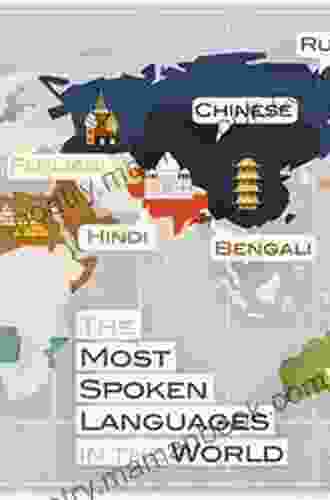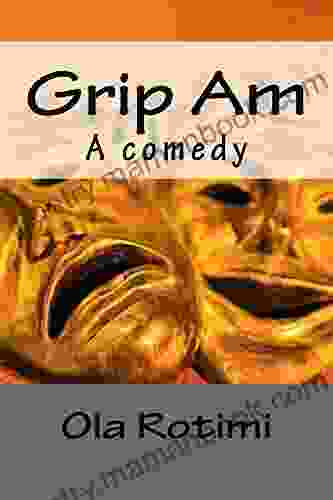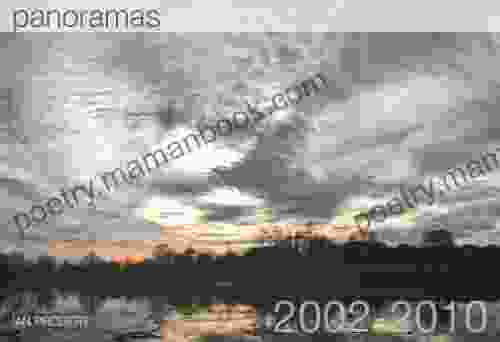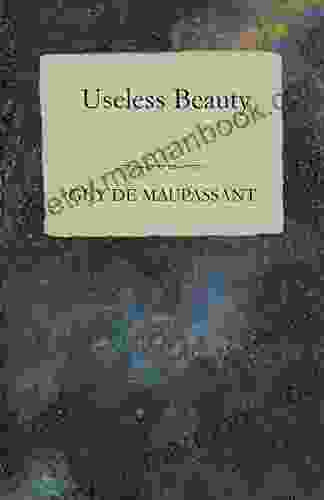An Introduction to the Languages of the World: Delving into the Enchanting Tapestry of Human Communication

Language, an indispensable aspect of human existence, acts as a bridge connecting our thoughts, ideas, and cultures. It serves as a vibrant canvas upon which we paint our emotions, share our experiences, and shape our understanding of the world around us. With over 7,000 distinct languages spoken across the globe, each with its unique grammar, vocabulary, and pronunciation, the linguistic landscape of our planet is a captivating tapestry of diverse expressions.
Unveiling the Origins and Evolution of Language
The precise origins of language remain a captivating enigma in the annals of human inquiry. However, it is widely believed that language originated in the depths of our evolutionary journey, emerging as a pivotal tool for cooperation, survival, and the propagation of knowledge within prehistoric societies. Over countless millennia, languages have undergone remarkable transformations, influenced by factors such as geographic isolation, cultural exchange, and technological advancements.
4.6 out of 5
| Language | : | English |
| File size | : | 35278 KB |
| Text-to-Speech | : | Enabled |
| Enhanced typesetting | : | Enabled |
| Print length | : | 499 pages |
| Lending | : | Enabled |
| Screen Reader | : | Supported |
Language Families: A Tree of Linguistic Relationships
Languages are often grouped into families based on shared linguistic characteristics, such as vocabulary, grammar, and pronunciation. This concept of language families offers valuable insights into the historical relationships between different languages, shedding light on their common ancestors and the paths of their evolution. Some of the major language families include:
- Indo-European: This vast family encompasses over 400 languages spoken across Europe, parts of Asia, and the Americas, including English, Spanish, Hindi, and Russian.
- Sino-Tibetan: Originating in China, this family includes Mandarin, Cantonese, Tibetan, and Burmese, spoken by over 1.2 billion people worldwide.
- Afro-Asiatic: This family includes Arabic, Hebrew, Amharic, and Berber, spoken in North Africa, the Middle East, and parts of the Horn of Africa.
- Austronesian: Spanning the islands of the Pacific and Southeast Asia, this family includes Indonesian, Malay, Tagalog, and Hawaiian.
- Dravidian: Spoken in southern India and parts of Pakistan, this family includes Tamil, Telugu, Kannada, and Malayalam.
Language Diversity: A Tapestry of Richness and Variety
The sheer diversity of languages across the globe is a testament to the boundless creativity and adaptability of the human mind. Languages vary not only in their vocabulary and grammar but also in their writing systems, ranging from the Latin alphabet to the Chinese characters, the Cyrillic script to the Arabic calligraphy.
Linguistic diversity plays a vital role in preserving cultural heritage, fostering cultural identity, and promoting intellectual and economic development. Each language embodies a unique worldview, shaping the way its speakers perceive and interact with the surrounding world.
The Significance of Endangered Languages
Amidst the vibrancy of linguistic diversity, a somber reality unfolds: many languages are facing the threat of extinction. As dominant languages gain prominence, minority languages often fall into disuse, their speakers dwindling in numbers. This loss of languages represents an immeasurable cultural tragedy, as it erodes our collective linguistic heritage and diminishes the richness of our shared human experience.
Efforts to revitalize and preserve endangered languages are of paramount importance. Documenting, teaching, and promoting these languages ensures that future generations can appreciate and learn from the invaluable wisdom they hold.
The Role of Technology in Language Learning
The advent of digital technologies has revolutionized the way we learn and interact with languages. Language learning apps, online courses, and immersive virtual environments provide unprecedented opportunities to explore and master new tongues. These technological advancements have democratized language learning, making it more accessible and convenient than ever before.
However, it is crucial to recognize the limitations of technology in language acquisition. While it can facilitate vocabulary building and grammar practice, it cannot fully replicate the nuances of real-world language use and cultural context.
: Embracing Linguistic Diversity
The languages of the world stand as mesmerizing expressions of human creativity and diversity. From the ancient tongues that have shaped civilizations to the emerging languages that are transforming our world, each language holds a unique key to unlocking a deeper understanding of ourselves, our cultures, and the intricate interconnectedness of our global community.
By embracing linguistic diversity, we enrich our collective human experience and foster a world where every voice is heard and every culture is celebrated. Whether we seek to connect with our roots, explore new perspectives, or simply marvel at the boundless wonders of human ingenuity, the languages of the world invite us on an extraordinary journey of discovery and enlightenment.
4.6 out of 5
| Language | : | English |
| File size | : | 35278 KB |
| Text-to-Speech | : | Enabled |
| Enhanced typesetting | : | Enabled |
| Print length | : | 499 pages |
| Lending | : | Enabled |
| Screen Reader | : | Supported |
Do you want to contribute by writing guest posts on this blog?
Please contact us and send us a resume of previous articles that you have written.
 Top Book
Top Book Novel
Novel Fiction
Fiction Nonfiction
Nonfiction Literature
Literature Paperback
Paperback Hardcover
Hardcover E-book
E-book Audiobook
Audiobook Bestseller
Bestseller Classic
Classic Mystery
Mystery Thriller
Thriller Romance
Romance Fantasy
Fantasy Science Fiction
Science Fiction Biography
Biography Memoir
Memoir Autobiography
Autobiography Poetry
Poetry Drama
Drama Historical Fiction
Historical Fiction Self-help
Self-help Young Adult
Young Adult Childrens Books
Childrens Books Graphic Novel
Graphic Novel Anthology
Anthology Series
Series Encyclopedia
Encyclopedia Reference
Reference Guidebook
Guidebook Textbook
Textbook Workbook
Workbook Journal
Journal Diary
Diary Manuscript
Manuscript Folio
Folio Pulp Fiction
Pulp Fiction Short Stories
Short Stories Fairy Tales
Fairy Tales Fables
Fables Mythology
Mythology Philosophy
Philosophy Religion
Religion Spirituality
Spirituality Essays
Essays Critique
Critique Commentary
Commentary Glossary
Glossary Bibliography
Bibliography Index
Index Table of Contents
Table of Contents Preface
Preface Introduction
Introduction Foreword
Foreword Afterword
Afterword Appendices
Appendices Annotations
Annotations Footnotes
Footnotes Epilogue
Epilogue Prologue
Prologue Milton Acorn
Milton Acorn Kristen A Renn
Kristen A Renn Mary Karr
Mary Karr Suleika Jaouad
Suleika Jaouad Gayle Jessup White
Gayle Jessup White Emma Goldrick
Emma Goldrick Lauren Gail
Lauren Gail Andrea Carter
Andrea Carter Caroline Dunford
Caroline Dunford Cheri Fraker
Cheri Fraker Larry Lerner
Larry Lerner Grzegorz W Kolodko
Grzegorz W Kolodko Veronia Wilson
Veronia Wilson Martha Beck
Martha Beck Rosemary Tonks
Rosemary Tonks Arin Murphy Hiscock
Arin Murphy Hiscock Don Yarber
Don Yarber Mariama Williams
Mariama Williams Timothy Crouse
Timothy Crouse Brie Tart
Brie Tart
Light bulbAdvertise smarter! Our strategic ad space ensures maximum exposure. Reserve your spot today!

 Allen ParkerHikaru No Go Vol 6: The Pro Test Begins - A Journey into the Enigmatic Realm...
Allen ParkerHikaru No Go Vol 6: The Pro Test Begins - A Journey into the Enigmatic Realm... Paul ReedFollow ·10.1k
Paul ReedFollow ·10.1k Robert Louis StevensonFollow ·15.7k
Robert Louis StevensonFollow ·15.7k Travis FosterFollow ·6.6k
Travis FosterFollow ·6.6k Robert FrostFollow ·16.5k
Robert FrostFollow ·16.5k Jake PowellFollow ·2.1k
Jake PowellFollow ·2.1k Kurt VonnegutFollow ·11.9k
Kurt VonnegutFollow ·11.9k Kenzaburō ŌeFollow ·5.5k
Kenzaburō ŌeFollow ·5.5k Austin FordFollow ·13.8k
Austin FordFollow ·13.8k
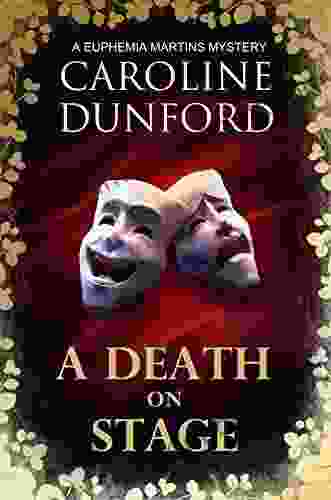
 Patrick Hayes
Patrick HayesDeath on Stage: Euphemia Martins Mystery 16
Synopsis In the...

 Benji Powell
Benji Powell1001 Best Baking Recipes Of All Time
Baking is a fun and...

 Terry Bell
Terry BellDestined War of the Covens: A Supernatural Saga of Power,...
Welcome to the...
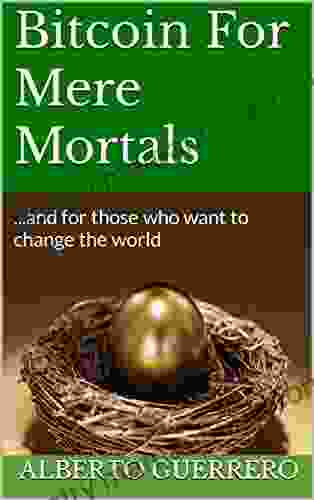
 Mark Twain
Mark TwainBitcoin For Mere Mortals: A Comprehensive Guide for...
Bitcoin is a...

 Dennis Hayes
Dennis HayesThe Best Budget Gaming PC 2024: Build the Ultimate Gaming...
Are you looking to build the best budget...
4.6 out of 5
| Language | : | English |
| File size | : | 35278 KB |
| Text-to-Speech | : | Enabled |
| Enhanced typesetting | : | Enabled |
| Print length | : | 499 pages |
| Lending | : | Enabled |
| Screen Reader | : | Supported |


